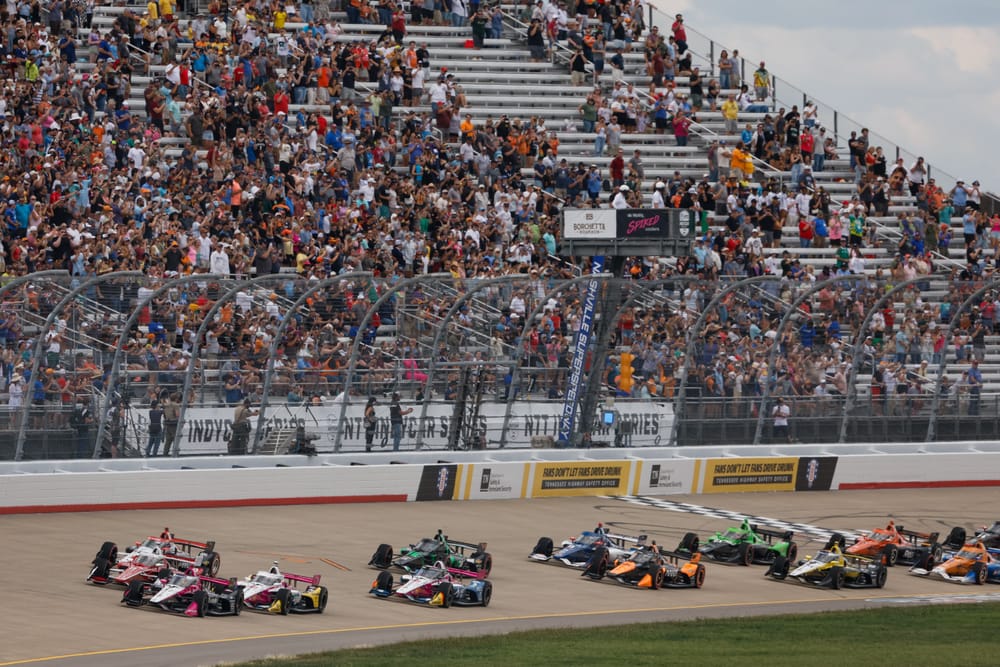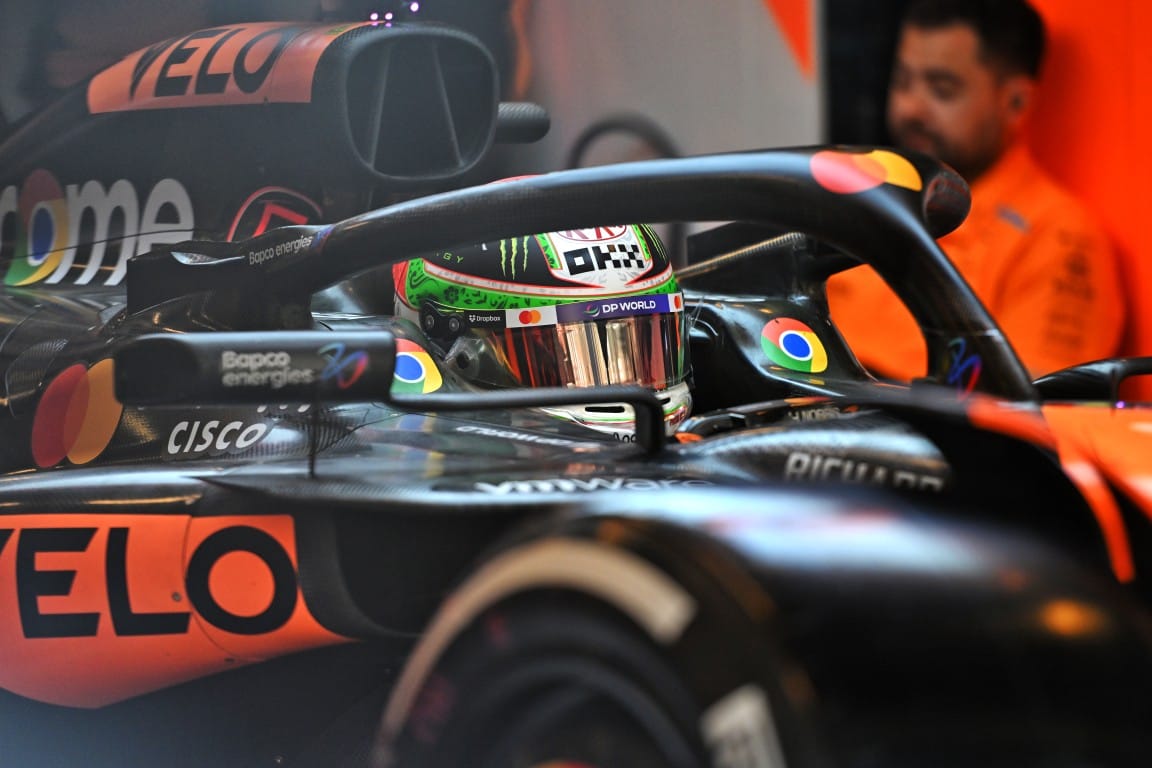Ahead of each new season, IndyCar releases a whole host of information on changes to rules and formats for the upcoming season.
This year those changes are headed by multiple changes to race distances, the use of the hybrid to start cars, and extra set of tyres in practice among a lot more.
We've condensed the document to bring you the changes you need to know.
Race distance changes
Long Beach - 90 laps (+5 laps)
Mid-Ohio - 90 laps (+10)
Iowa doubleheader - 275 laps (+25)
Toronto - 90 laps (+5)
Nashville - 225 laps (+19)
Hybrid starting
The introduction of the hybrid unit last season was a massive boost for having fewer yellow flag periods, because previously cars had to be started manually after a stall - with an external battery pack and a starter inserted into the car by safety crews. Since its introduction, cars can now be restarted with the hybrid system when on track.
Initially, restarting cars on pitlane was not allowed - something that caught out Colton Herta in a race last year - but this will now been allowed for 2025.
Tyre-tastic
At St Petersburg, Long Beach, Detroit, Toronto, Barber, Laguna Seca and Portland an extra set of soft tyres will be made available for the weekend, which should allow teams to be better prepared for qualifying.
This does come at the cost of one fewer set of hard tyres, so some strategy of how to use those during the weekend will come into play.
Nashville became the first oval race where a hard and soft tyre was available last year, and that will continue for the 2025 season finale.
Practice sessions
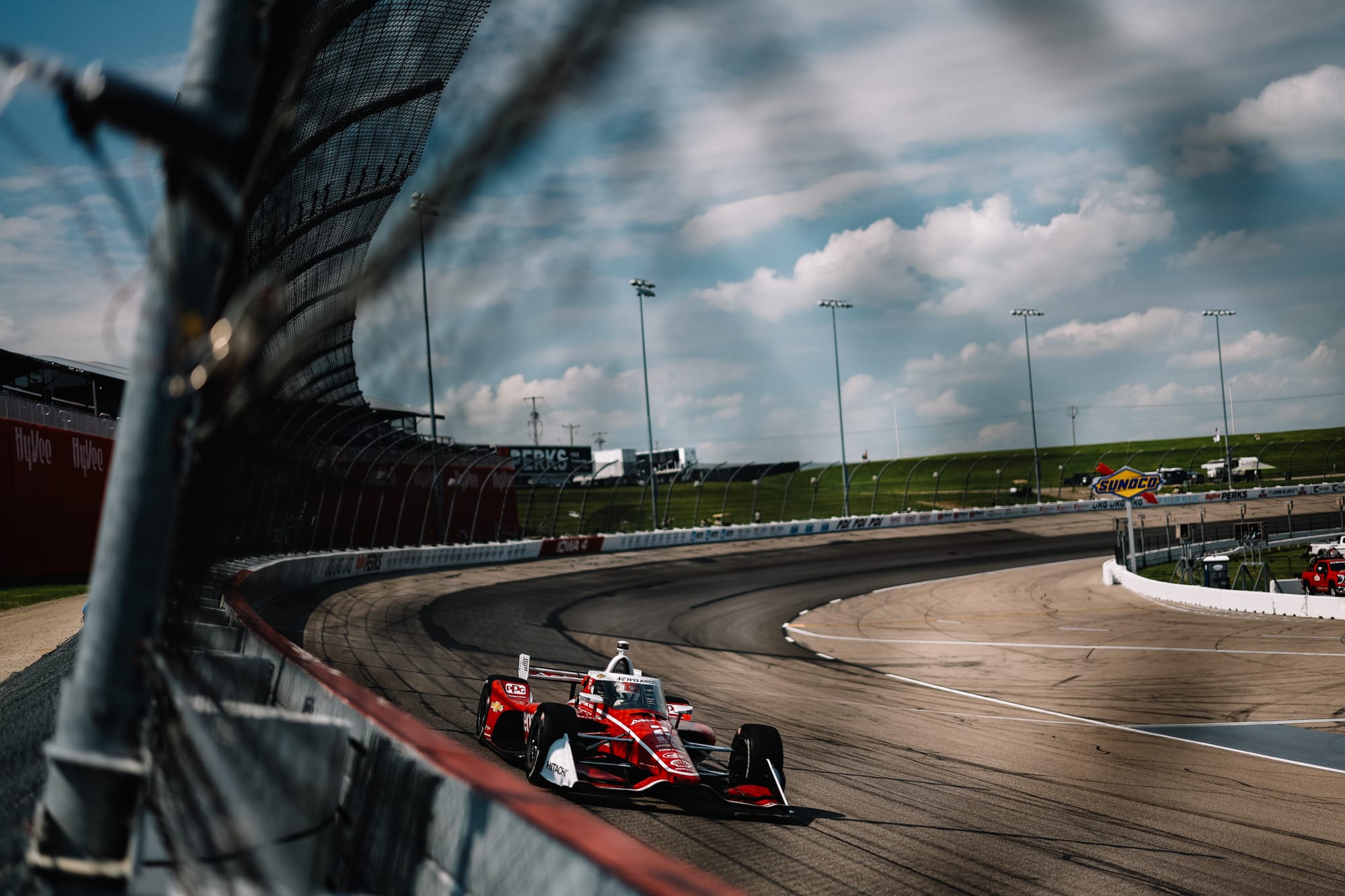
The popular 'high-line' practice sessions will run at all the short ovals, the first time this has been confirmed pre-season.
It is mandatory for teams to run the high line in these sessions in order to add rubber on the track in a bid to provide more grid and make that lane of the race track usable, at least for overtaking.
These sessions have been a hit at tracks such as Gateway and Texas in the past.
In another tweak to practice sessions, at all road and street circuits apart from Road America practice time will be split. The first session will be 45 minutes, and then the teams will be split in half by odd and even number pit boxes, with the two groups then receiving a 10-minute segment each. The goal here is to reduce traffic.
These sessions will be stopped for a first red flag of each segment, if one arises, so that teams get the full time or as close to it as possible on the track.
Oval restarts
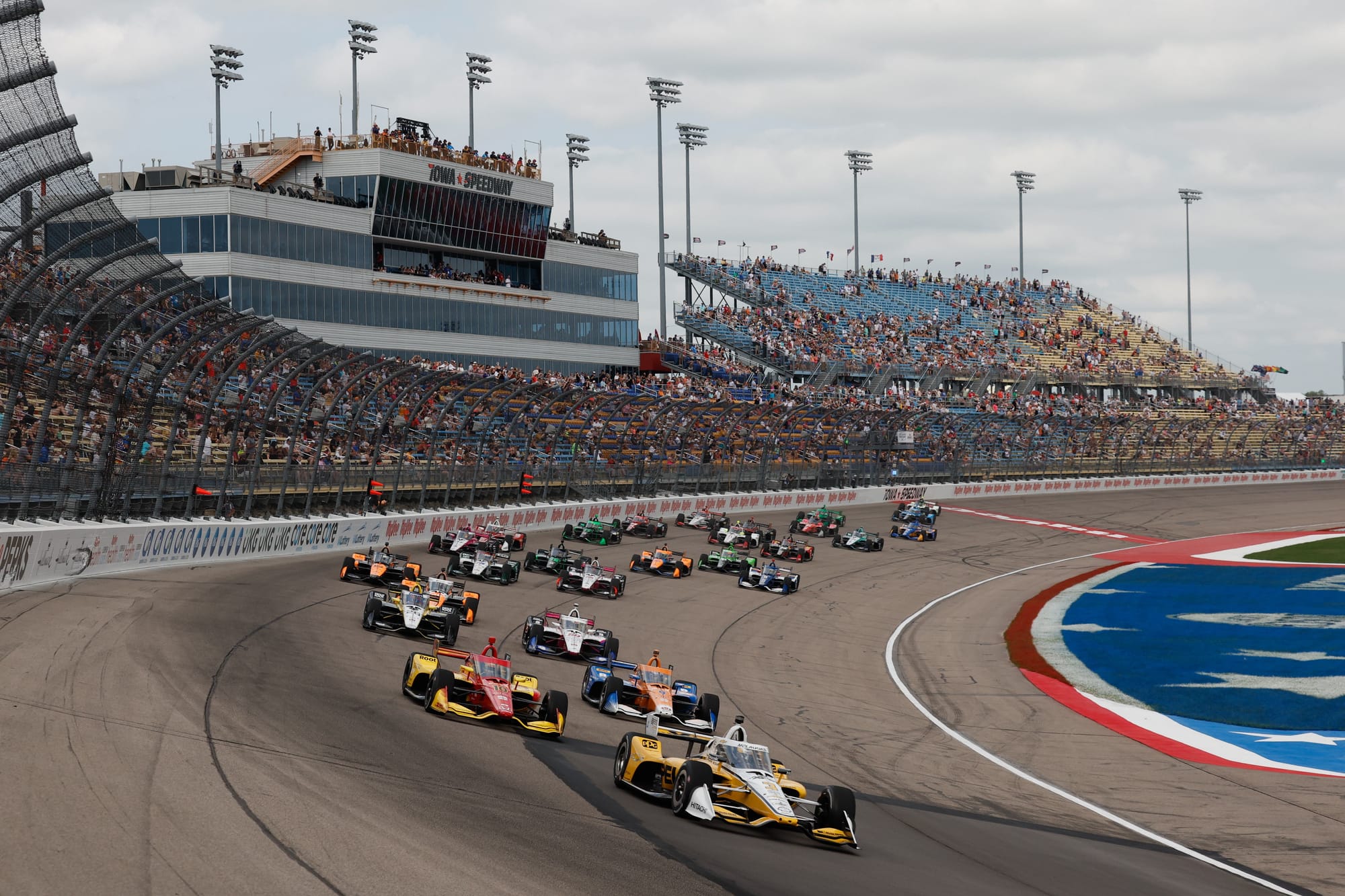
IndyCar is introducing a 'pair up' location which should compact the field with one lap to go before a restart in a bid to avoid disjointed starts that need to be waved off because cars aren't bunched together.
The series will also extend the beginning of the restart zone where possible on suitable ovals to give drivers more choice of when to accelerate, although the end of the zone will remain the same.
Safety update
Drivers will be alerted of local yellow flags on their dashboards in 2025.
IndyCar already has LED light panels situated around its tracks which show when there is a yellow flag, as well as the physical flag itself.
Indy NXT
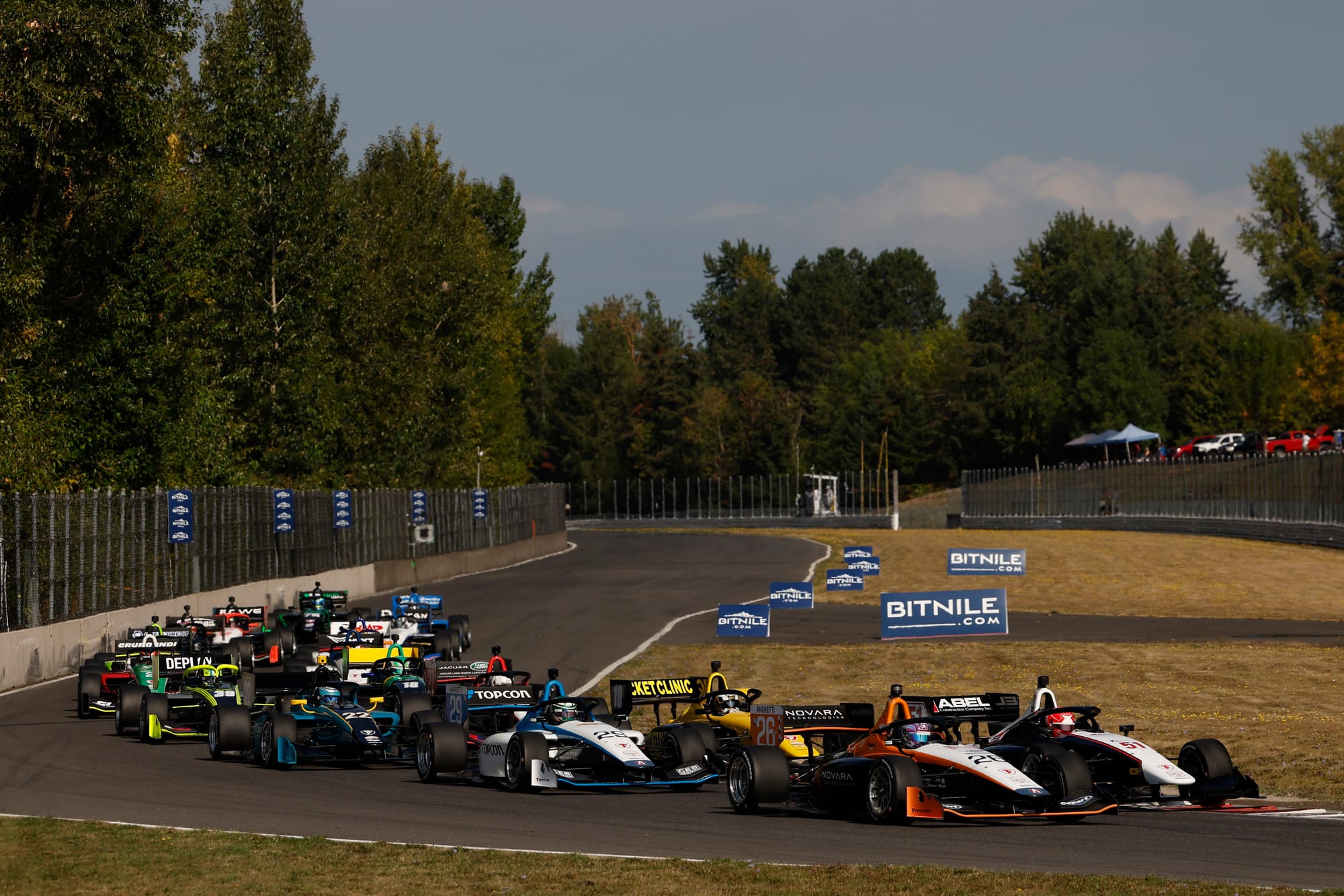
There are also some changes for IndyCar's primary feeder series, Indy NXT, which has every race on live TV this season for the first time.
The cars will get a new rear wing with LED rain lights on, like their IndyCar counterparts.
Chip Ganassi Racing has entered the paddock 🤩
— INDY NXT by Firestone (@INDYNXT) December 10, 2024
(📸: @CGRTeams ) // A 🧵 pic.twitter.com/CtHJMoFFwm
Chip Ganassi has also joined the series this year for the first time since 2007, and the field is expected to grow again compared to 2024. Last year, the average grid size across the season was 19.5, with 21 cars starting the opener.
The Indy NXT prize package has also been confirmed. The winner will receive $850,000, which is to be put towards an Indianapolis 500 entry and an entry for one other IndyCar race, a rookie oval test and Indy 500 open test. The winning team receives $35,000.

